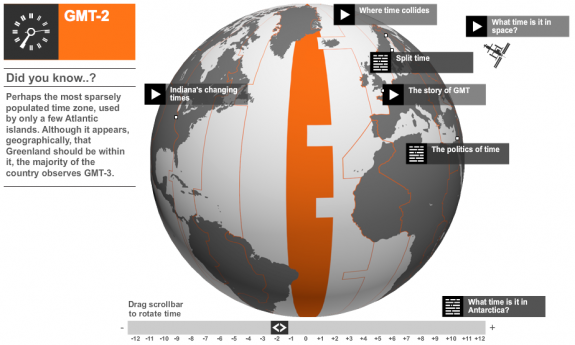
DALLAS — Scientists have developed a new way to manipulate atoms inside diamond crystals so that they store information long enough to function as quantum memory, which encodes information not as the 0s and 1s crunched by conventional computers but in states that are both 0 and 1 at the same time. Physicists use such quantum data to send information securely, and hope to eventually build quantum computers capable of solving problems beyond the reach of today’s technology.
 For those developing this quantum memory, the perfect diamonds don’t come from Tiffany & Co. — or Harry Winston, for that matter. Impurities are the key to the technology.
For those developing this quantum memory, the perfect diamonds don’t come from Tiffany & Co. — or Harry Winston, for that matter. Impurities are the key to the technology.
“Oddly enough, perfection may not be the way to go,†said David Awschalom of the University of California, Santa Barbara. “We want to build in defects.â€
One of the most common defects in diamond is nitrogen, which turns the stone yellow. When a nitrogen atom sits next to a vacant spot in the carbon crystal, the intruding element provides an extra electron that moves into the hole. Several years ago, scientists learned how to change the spin of such electrons using microwave energy and put them to work as quantum bits, or qubits.
In search of a more stable way to store quantum information, Awschalom has now figured out how to link the spin of a electron to the spin of the nearby nitrogen’s nucleus. This transfer, triggered by magnetic fields, is fast — about 100 nanoseconds, comparable to how long it takes to store information on a stick of RAM.
The technique has “a fidelity of 85 to 95 percent,†Awschalom said March 22 in Dallas at a meeting for the American Physical Society.
In contrast to some other quantum systems under development, which require temperatures close to absolute zero, this diamond memory works at room temperature. The spins inside the diamond can be both changed and measured by shining laser light into the diamond. This could make diamond an attractive material for scientists developing nanophotonic systems designed to move and store information in packets of light.
Unlike a diamond itself, this quantum memory isn’t forever. But it lasts for a very long time by quantum standards. The nuclear spin remains coherent for more than a millisecond, with the potential to improve to seconds.
“You can only do your quantum magic as long as you have coherence,†said Sebastian Loth, a physicist at IBM’s Almaden Research Center in San Jose, Calif. “If you have a lifetime of milliseconds, that lets you do millions of operations.â€
In addition to stability, diamond may also overcome another hurdle that has faced quantum computing — it can be scaled up to larger sizes. In a paper published last year in Nano Letters, Awschalom developed a technique for creating customizable patterns of nitrogen atoms inside a diamond, using lasers to implant thousands of atoms in a grid.
Awschalom’s diamond quantum memory could also be useful for building large quantum networks. Currently, quantum information is transmitted by connecting, or entangling, qubits. This scheme is limited to distances of kilometers. Quantum repeaters could potentially use small chips of diamond to catch, store and retransmit this information to extend the range, enabling quantum networks to work over much longer distances.
Image: Jurvetson/Flickr
See Also:









